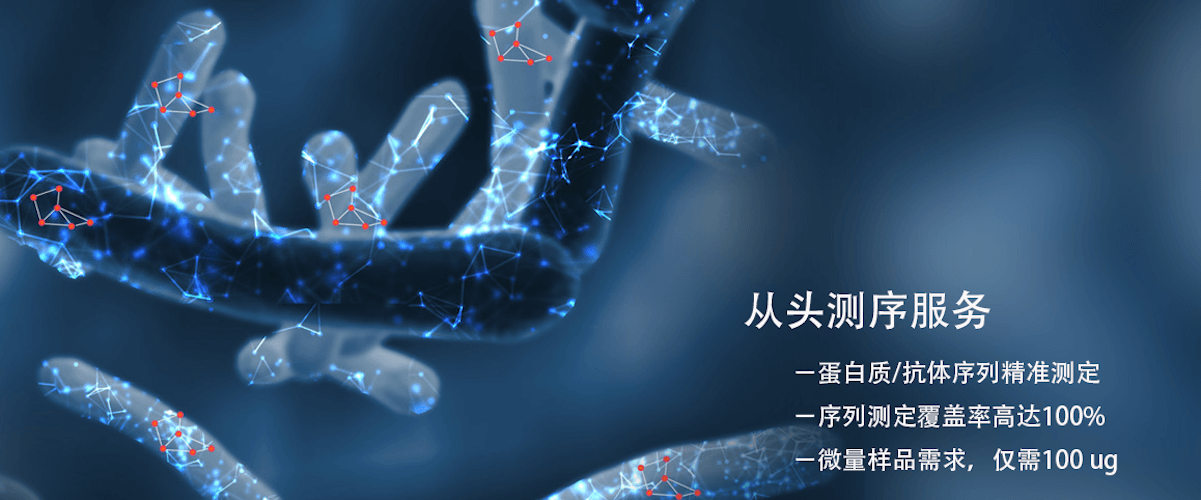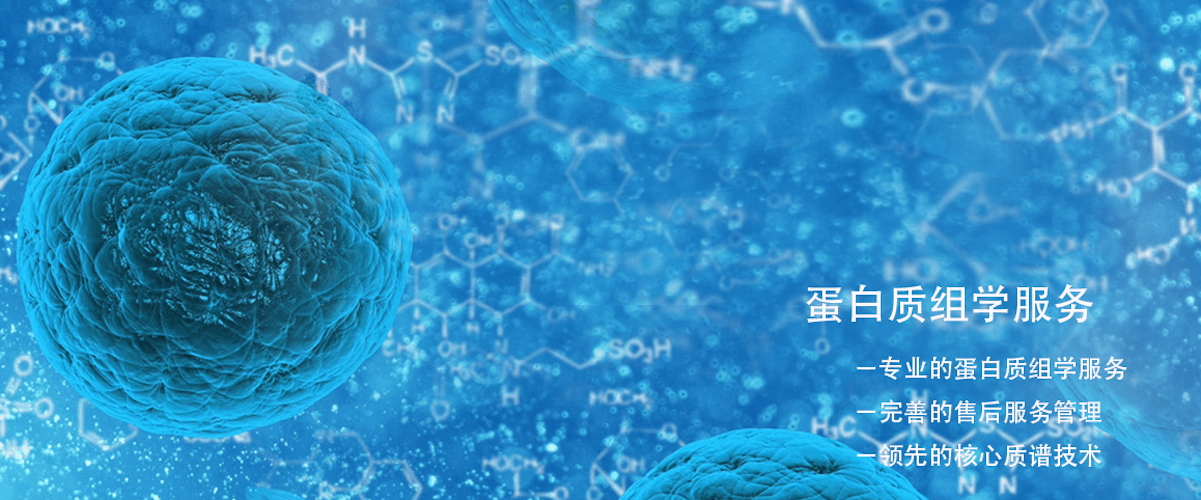Tandem Mass Spectrometry Peptide Sequencing
Polypeptide(Peptides)is a type of biological macromolecule with broad biological functions, composed of two or more amino acids linked by peptide bonds. Secondary mass spectrometry(Tandem mass spectrometry, abbreviated asMS/MS)polypeptide sequencingwhich involves tandem mass spectrometry technologyabout proteinsorpolypeptidesthe identification of amino acid composition and sequencetechnology.Level 1In mass spectrometry, peptide fragments are ionized and analyzed based on their mass-to-charge ratio,Generating a primary mass spectrum——The mass-to-charge ratio and relative abundance of peptide fragments. After fragmentation, the resulting peptide fragments are analyzed again based on their mass-to-charge ratio, generating a secondary mass spectrum——The mass-to-charge ratio and relative abundance information of fragment ions.Commonly UsedSecondary Mass Spectrometry MethodsMainly IncludeESI-MS/MS(Electrospray Ionization Tandem Mass Spectrometry)、MALDI-MS/MS(Matrix-Assisted Laser Desorption/Ionization Tandem Mass Spectrometry)、LC-MS/MSLiquid Chromatography-Tandem Mass Spectrometry。
BioTechPack BTPSecondary Mass Spectrometry Peptide SequencingGeneral Process
1. ProteinExtraction
2.Enzymatic Hydrolysis:Cutting proteins into peptide fragments using specific proteases
3.Separation and Purification:Purifying the peptides from enzymatic hydrolysis using liquid chromatography
4.Ionization:Converting peptide samples into gas-phase ions
5.Primary Mass SpectrometryAnalysis:Analyzing the mass of gas-phase ions to obtain the mass-to-charge ratio of peptidesm/zInformation
6.Ion Fragmentation:Specific FragmentationPeptideIons, Generate Fragment Ions
7.Secondary Mass SpectrometryAnalysis:Analyze fragment ion mass to obtain fragment ion mass-to-charge ratiom/zInformation
8.Data Processing and Analysis:Infer amino acid sequences of peptide fragments by comparing secondary mass spectrometry data with known protein databases
Secondary mass spectrometry peptide sequencingTechnical advantages
1.High sensitivityDegree
Secondary peptide mass spectrometry sequencing can detect peptides at levels as low as picomoles (pmol) or even femtomoles (fmol)。
2.High accuracy and high resolutionRate
SecondaryMass spectrometry technology accurately measures the mass-to-charge ratio of peptide fragments,Can accurately identify peptide fragments and ions with similar masses, providing precise information about peptide sequences。
3.High throughput
Secondary mass spectrometry technology can analyze a large number of samples in a short time. Combined with separation technologies such as liquid chromatography, secondary mass spectrometry can rapidly identify thousands of proteins in complex biological samples.
4. HighSequence coverageRate
A higher sequence coverage canimproveproteinsand peptidesAppraisalofAccuracy。
inEnglish Project Report
In the technical report, Biotyper will provide a detailed bilingual technical report in Chinese and English, which includes:
1.Experimental procedures (in Chinese and English)
2.Relevant mass spectrometry parameters (in Chinese and English)
3.Secondary mass spectrometry peptide sequencesDetailed information
4.Mass Spectrometry Image
5.Raw Data
Peptide Sequencing by MS/MSOne-Stop Service
All You Need to Do is Order and Send Samples
Baitai Parker One-Stop Service: Sample Processing - Instrument Analysis - Data Analysis - Project Report
Related Services
Peptide Sequencing
Protein Sequencing
Antibody Sequencing
De Novo Sequencing
Full Protein Sequence Determination
Mass Spectrometry-Based Sequence Analysis
Edman Degradation-Based Protein N-terminal Sequencing
PCR Amplification-Based Monoclonal Antibody Sequencing Service
How to order?





